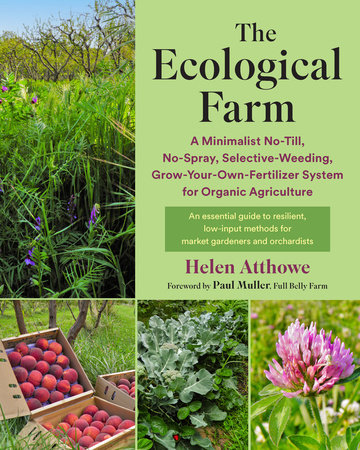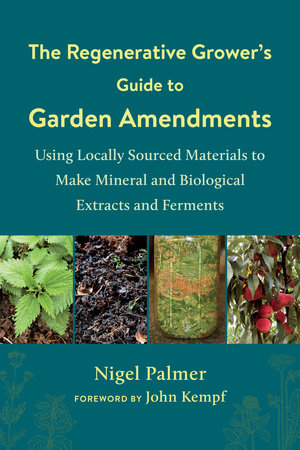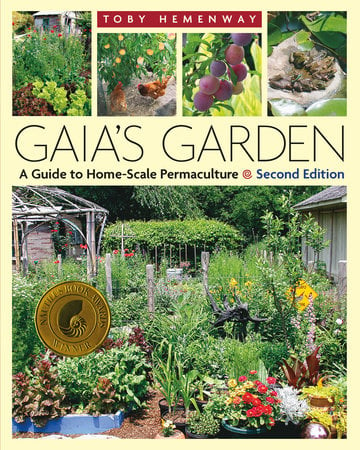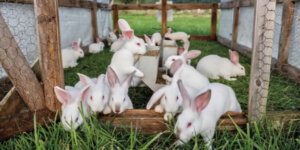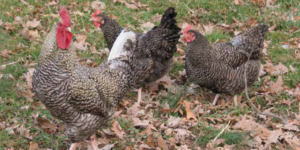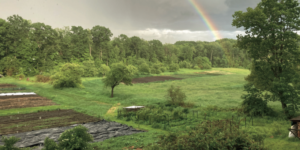A Nourishing Recipe to Boost Seedling Growth

You don’t need to use chemicals or other unnatural ingredients to give your seedlings a boost. Just use a combination of seaweed, apple cider vinegar, and other nontoxic ingredients create the perfect blend. Each recipe can be modified to complement the soil and climate for the best-producing crops.
The following is an excerpt from No-Till Intensive Vegetable Culture by Bryan O’Hara. It has been adapted for the web.
(Photography courtesy of Byran O’Hara unless otherwise noted.)
How to Boost Seedling Growth
We have developed our own formulas for side-dressing and foliar application. They are provided as examples to give insight into how materials can be combined and in what relative volumes. These recipes have been developed for the particular soils and environmental conditions of Tobacco Road Farm: high organic matter, high cation exchange capacity, valley loam soils under the influence of intense pollution, and a generally degraded regional ecosystem subjected to climate modifications.
Because of our growing situation, our recipes are relatively complex, and we frequently alter the ingredients based on our assessment of specific crop needs, or because of field conditions or availability of materials. Simpler versions may well work in other situations.
For all of the following liquid blends, we combine the ingredients in 100 gallons (380 L) of water in the fertilizer tank. The flow from the fertilizer tank is adjusted to further mix this with irrigation water at a ratio of about 1:20. This makes this mixture quite dilute.
Liquid Blend Formulas
We often use a liquid blend formula when we are irrigating newly seeded beds. In this blend we choose to use a relatively weak liquid seaweed product; if we are using a concentrated form, we cut back on the amount added. We include fermented plant extracts if they are available; carrot and beet extracts are our favorite for seed treatment.
To gather vermicompost extract, we water the vermicompost bins about an hour or so in advance, collect the runoff, and immediately utilize it. Liquefied compost extract is a good substitute that is easy to make. We put about 1 gallon of compost in a 5-gallon (20 L) bucket and fill it with water, then stir vigorously, strain, and use immediately.
- 20 fluid ounces (600 ml) liquid seaweed
- 20 fluid ounces (600 ml) apple cider vinegar
- 10 fluid ounces (300 ml) fermented plant juices (FJP)
- 20 fluid ounces (600 ml) carrot/beet plant extract (a type of FJP)
- 20 fluid ounces (600 ml) Epsom salt (magnesium sulfate)
- 5 gallons (20 L) seawater (or 40 fluid ounces agricultural sea salt)
- 5 gallons (20 L) liquid vermicompost extract
- Small amounts of other trace elements such as molybdenum, boron, and sulfur (if deemed necessary)
The quantities listed here will make enough liquid to cover roughly 5,000 square feet (465 sq m). We apply by hand via high-volume hoses with flat fan-spray- pattern nozzles attached, covering the entire surface of newly seeded beds, at a rate appropriate to the soil condition, in order to bring the seed to germination.
VIDEO: A Nourishing Recipe to Boost Seedling Growth
Recommended Reads
Recent Articles
Living in a colder climate doesn’t mean you need to give up on more fragile plants. By preparing plants for the winter, you’ll set them up to survive and thrive.
Read MoreGrow leeks all year round with tips from gardening expert Eliot Coleman. Get ready for a bountiful harvest and grow leeks all year round!!
Read MoreNot convinced that a pasture-based rabbit production could amount to a sustainable business enterprise for the beginner to market-scale farmer?
Read MoreConfused by all the poultry breed options? We’ve got you covered! Discover how to pick the perfect breed for your flock.
Read MorePermaculture vs Natural Farming: What’s the Difference? How are they connected, and where do they diverge in philosophy and principle?
Read More


